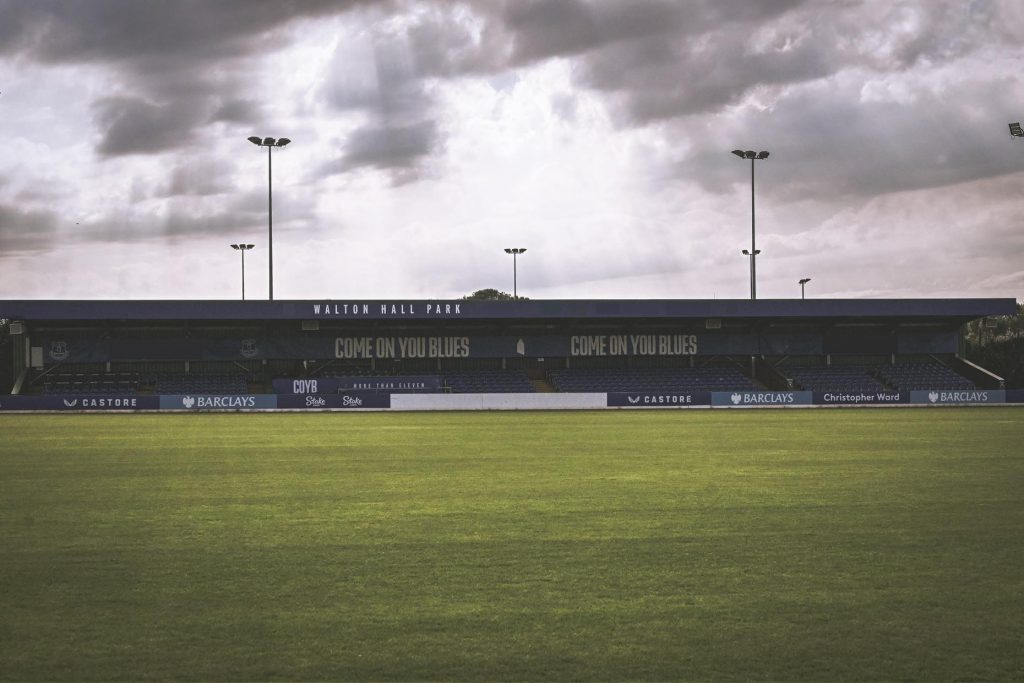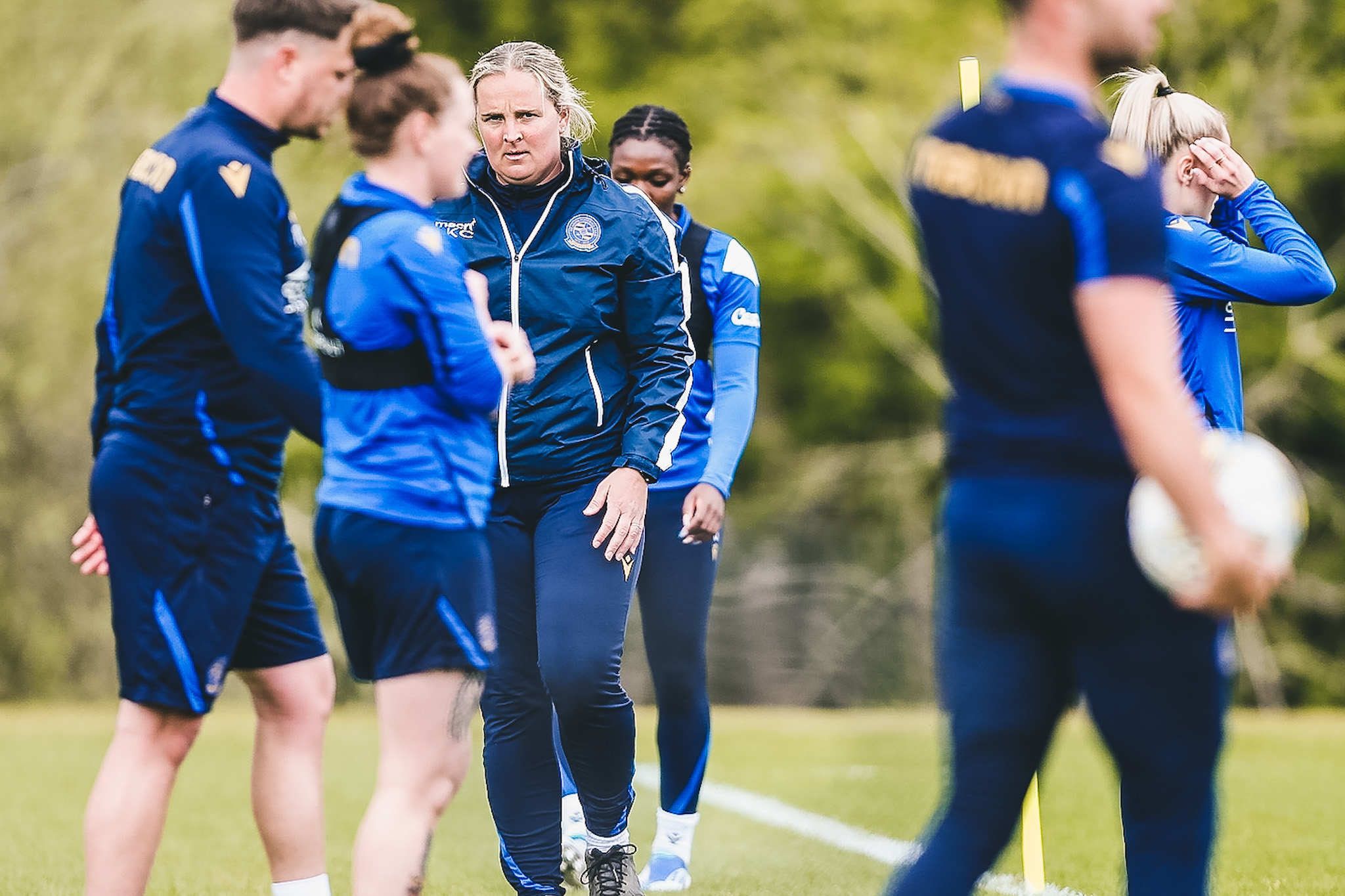Today, WSL Football has launched a new set of Design Guidelines for the Delivery of Elite Women’s Stadiums in England, marking a huge milestone in the evolution of the women’s game.
The comprehensive framework aims to support clubs, local authorities, and architects in creating venues that are purpose-built for women’s football — stadiums that meet the unique needs of female athletes, fans, and staff, while promoting inclusivity, safety, and sustainability.
A Game-Changer for Women’s Football
For decades, football infrastructure has largely been shaped around the men’s game. But with the women’s game growing faster than ever, WSL Football recognised that stadiums need to evolve — not just in capacity, but in purpose and design.
The guidelines were developed through a major consultation process involving clubs, players, supporters, managers, medical staff, broadcasters, architects, and sustainability experts, working alongside AFL Architects, Mott MacDonald, and Forward Associates.
Together, they explored what the “women’s stadiums of the future” could look like — places designed from the ground up to serve the women’s game and everyone who enjoys it.
Designing for Inclusion and Experience
Among the key principles are inclusivity, accessibility, and player wellbeing, with an emphasis on creating spaces that welcome every fan, regardless of gender, age, or ability.
Some of the most notable recommendations include:
- Balanced facilities: Moving away from the traditional 80% male / 20% female WC split to an equal 45%/45%, with 10% gender-neutral spaces.
- Family-friendly areas: Baby-changing facilities, family toilets, and breastfeeding rooms for players, staff, and supporters.
- Accessible matchdays: Enhanced provisions for disabled supporters, sensory rooms, and alcohol-free seating areas for those who prefer them.
- Safe, sustainable spaces: Well-lit travel routes, environmentally conscious designs, and futureproofing for climate change.
- Player-first facilities: Appropriate changing rooms for different squad sizes, menstruation provisions, and separate areas for male and female staff.
The guidelines also highlight the importance of technology-ready stadiums and purpose-built spaces for media and broadcasters, reflecting the growing visibility of the women’s game.
While this is undoubtedly a positive and progressive step for the women’s game, the reality is that many clubs still operate at a financial loss and rely heavily on support from their men’s teams. For some, meeting these new design standards could prove challenging — particularly for sides who currently share or rent facilities.

This may, in turn, prompt more women’s teams to explore ground-sharing arrangements with their male counterparts as a more sustainable solution.
“A Catalyst for Change”
Hannah Buckley, Head of Safety, Sustainability and Infrastructure for WSL Football, led the development of the guidelines and described them as a long-overdue step forward for the sport.
“It was acknowledged that female-specific stadiums were a blind spot in the industry,” Buckley said. “The willingness of our stakeholders to come together with their expertise and insights has been inspiring.
“We want to unlock main stadiums, enhance current assets, and support clubs in building new ones — all designed with female athletes and fans at the heart. Our hope is that this guidance will be a catalyst for change moving forwards.”
A Vision for the Future
For AFL Architects, the lead design partner on the project, the framework represents more than just a set of technical guidelines — it’s a cultural shift.

“It’s about creating environments that feel safe, inclusive and vibrant, where fans, players and communities feel a genuine sense of belonging,” said Kathleen Carthy, architect at AFL.
“The guidance champions a human-centred approach that reflects the values of women’s football — from equitable facilities to sustainable and welcoming architecture.”
Meanwhile, Ruth Shilston, Technical Director for Buildings at Mott MacDonald, emphasised the long-term impact of the work:
“These new guidelines have been an opportunity to shape industry standards that will transform the way we design, build and experience football stadiums,” she said. “We’re proud to have embedded sustainability and climate resilience as design standards for the future.”
Building a Legacy
With these new guidelines, WSL Football has not only taken a major step toward gender equity in infrastructure — it’s also laid the foundation for the next generation of football experiences.
Stadiums designed for the women’s game will no longer be an afterthought. They’ll be vibrant, inclusive, and purpose-built spaces that reflect the ambition and progress of women’s football — and the communities that support it.









